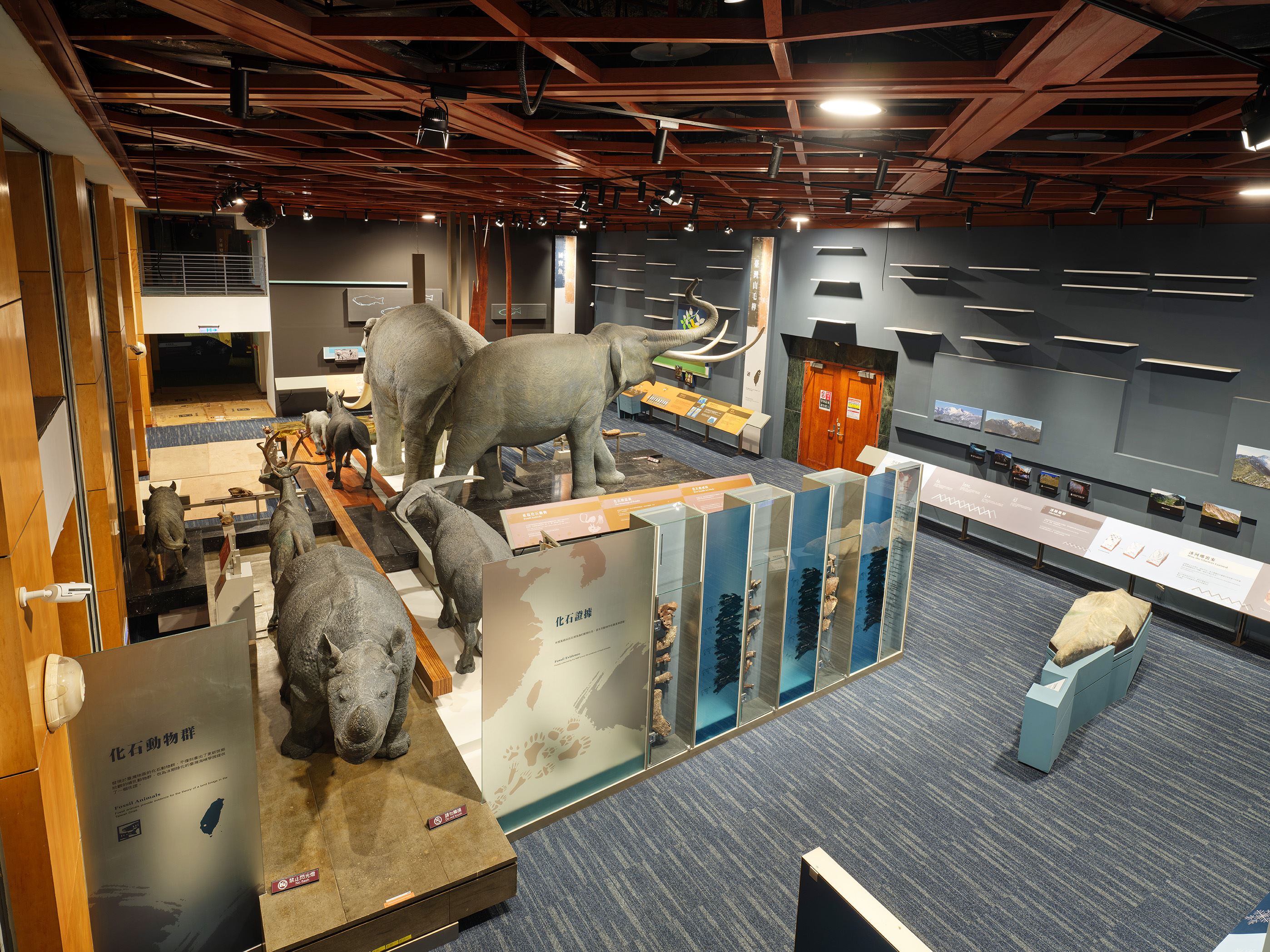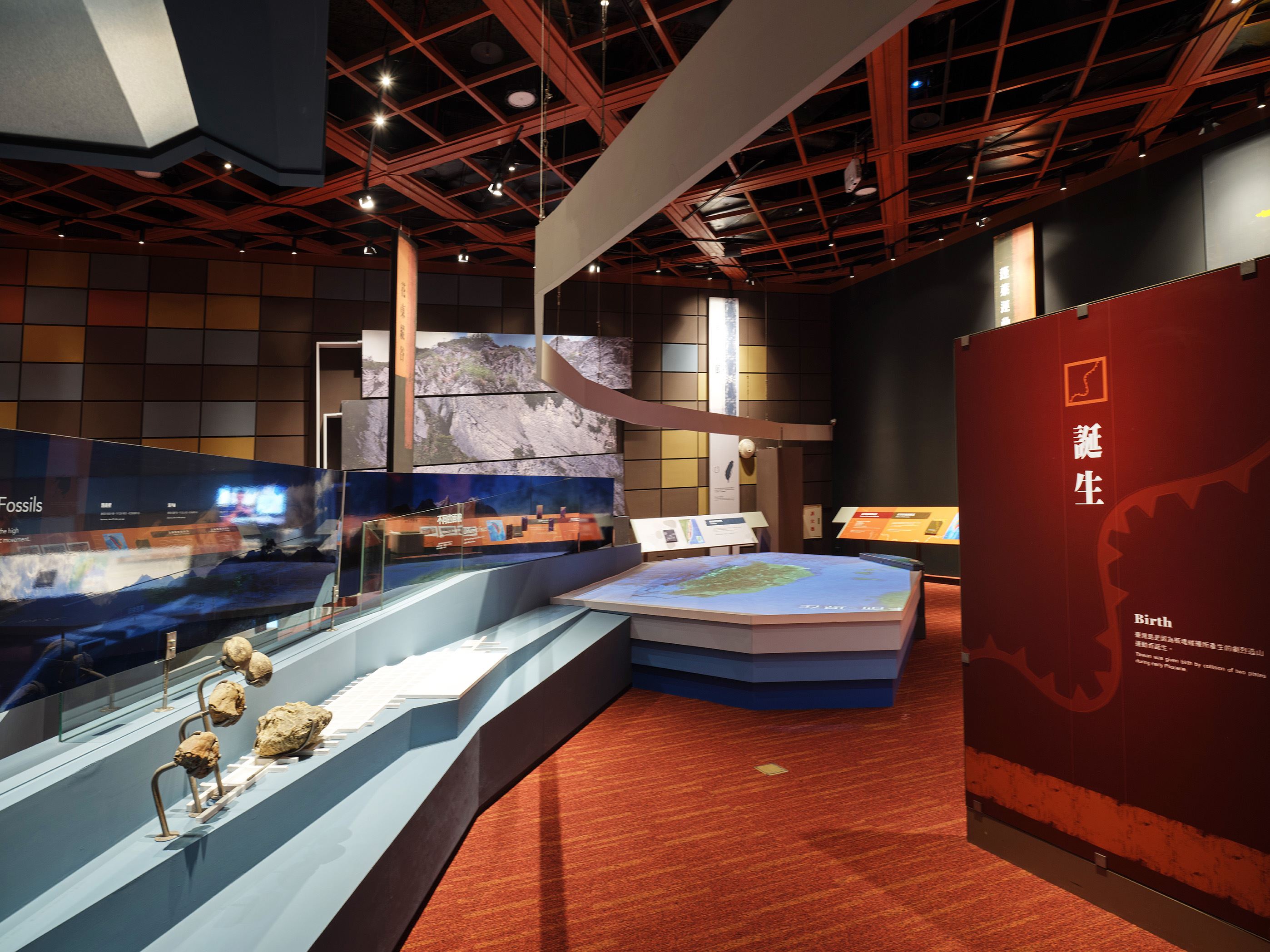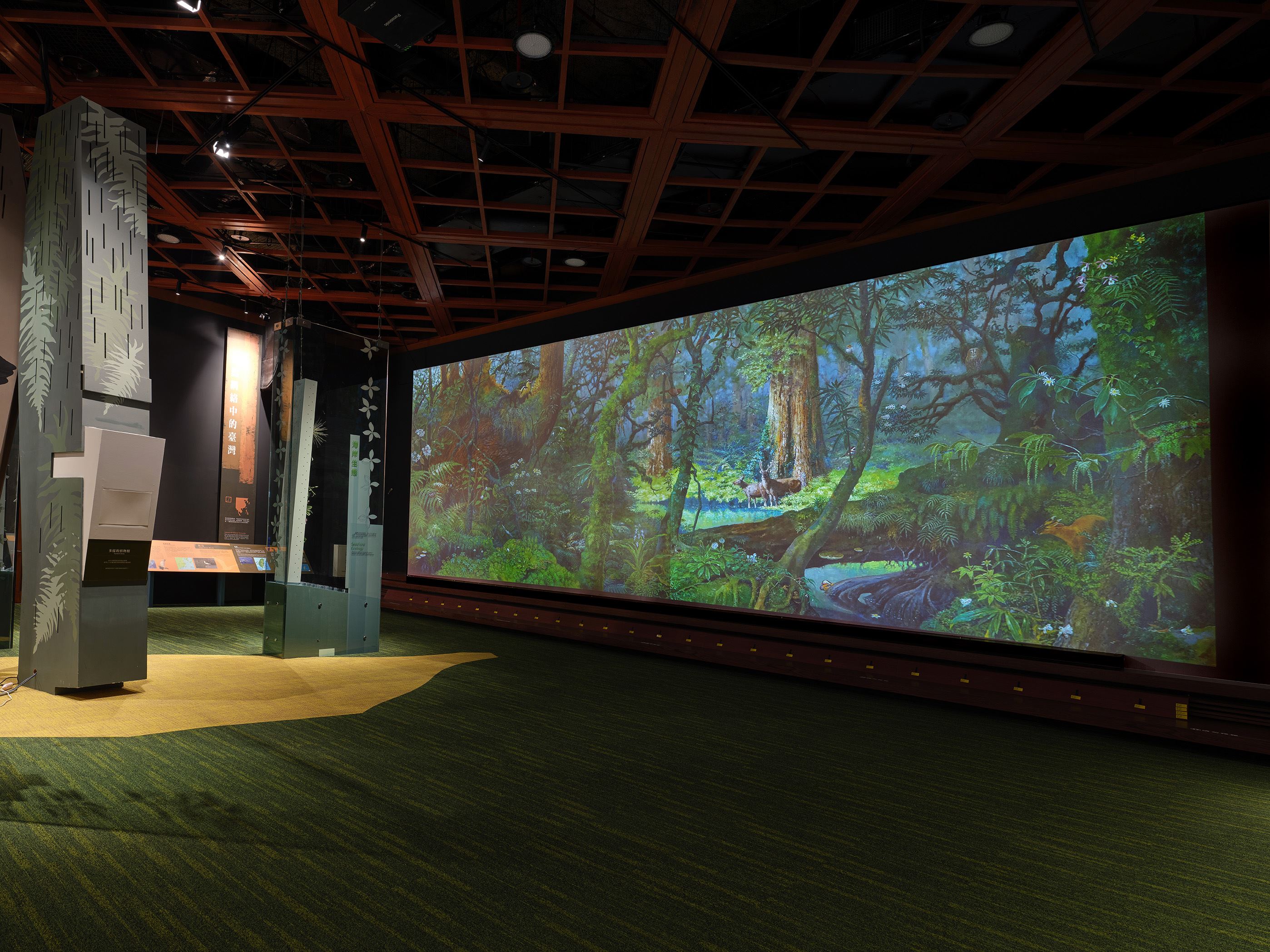 How did the islands of Taiwan come into being? What types of geological evolution produced Taiwan’s rich biota? What did Taiwan’s environment look like at the end of the last ice age? In reflecting on the past and the ways that humans have impacted the land here, how should we now move toward the future? We can search for clues to all of these types of questions in the three galleries at the hall: Birth, Ice Age, and New World, which lead us to better understand Taiwan’s ecology and the importance of concern for the environment in which we live.
How did the islands of Taiwan come into being? What types of geological evolution produced Taiwan’s rich biota? What did Taiwan’s environment look like at the end of the last ice age? In reflecting on the past and the ways that humans have impacted the land here, how should we now move toward the future? We can search for clues to all of these types of questions in the three galleries at the hall: Birth, Ice Age, and New World, which lead us to better understand Taiwan’s ecology and the importance of concern for the environment in which we live.
Birth

How were Taiwan Island’s topography and geological features formed? “The Birth of Taiwan Island” is a three-dimensional projection showing that it has undergone ten important orogenic movements. It shows the condition of Taiwan Island before it emerged from the sea, the ridges and mountains that were successively squeezed out from the seabed, the more recent Penglai orogeny, and the fossils from the fauna that migrated from continental Asia during the last Ice Age.
Ice Age

The island of Taiwan was roughly formed just around the beginning of the Pleistocene Ice Age. The dramatic climate changes cause the sea surface to rise and fall repeatedly, which not only affected the ecology of the land and sea, but also provided the opportunity for various living things to migrate to Taiwan. The varying low to high altitudes created a varied habitat, which provided the basis for Taiwan to evolve a rich ecosystem on its own.
New World

Around 10,000 years ago, the end of the last Ice Age, the earth began to enter an era called the Holocene. The climate gradually warmed, the glaciers in the middle and high latitudes melted, the global sea level rose rapidly, and the natural geographical environment gradually evolved into its current appearance.